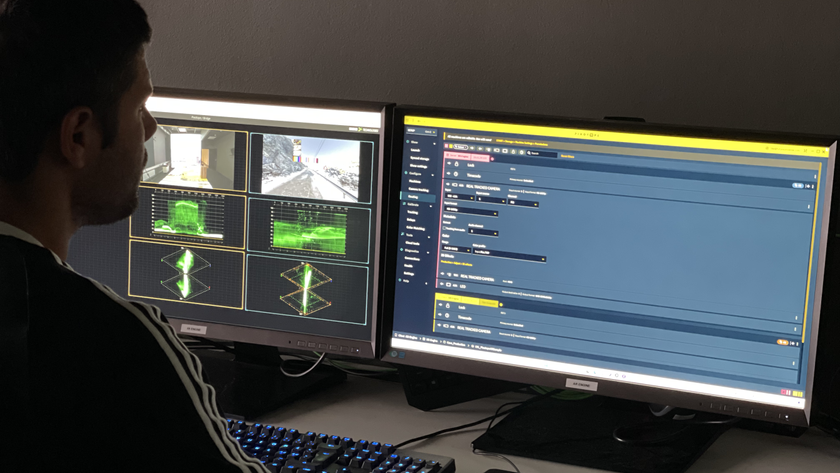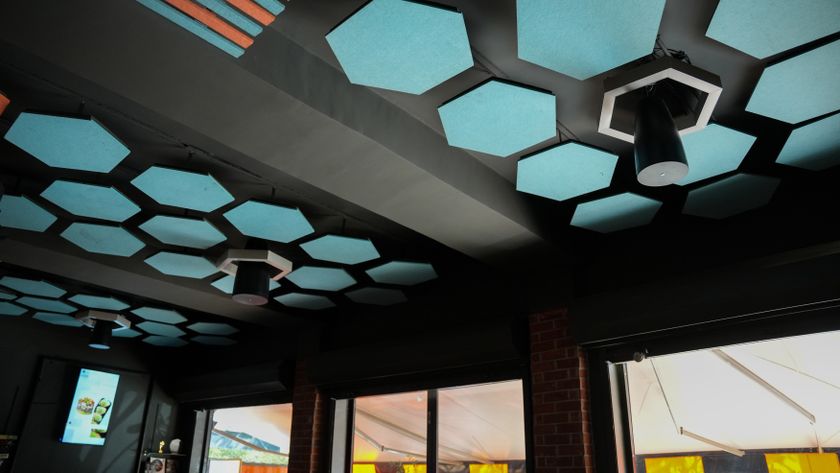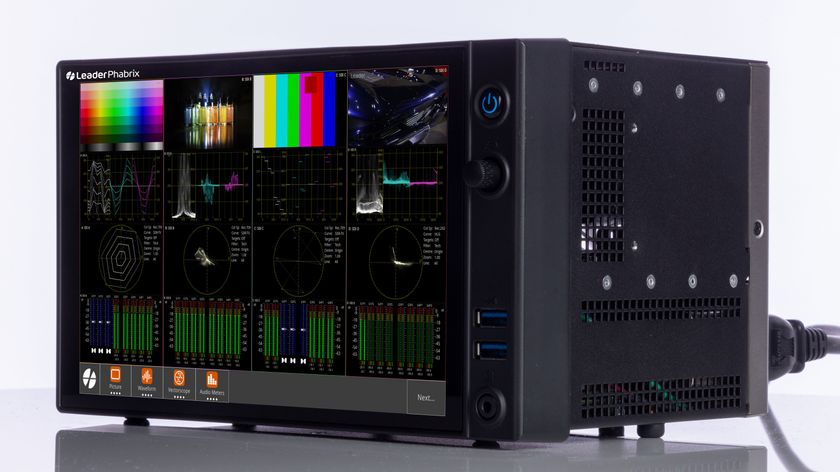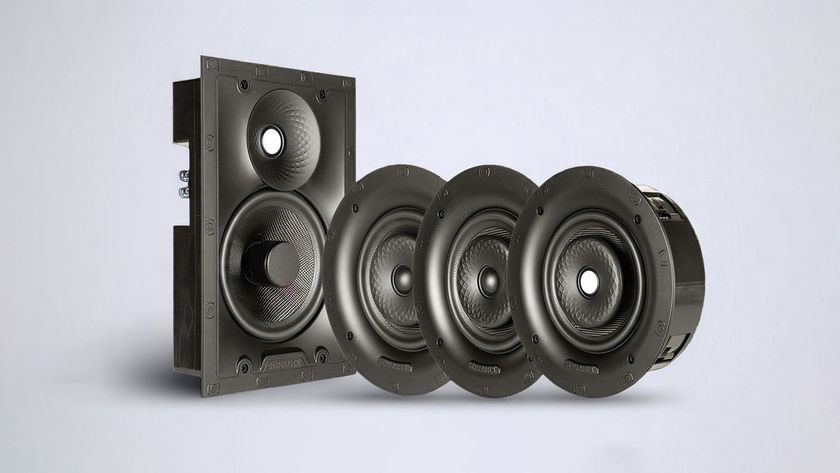Quick Bio
Name: Tim Troast
Title: Director of Product Management
Company: Middle Atlantic Products
Technologies, standards, and spaces may change, but failsafe protection is a part of the AV sector that remains a cornerstone for successful installations. Failure to properly secure a system against the risk of power anomalies or accidental user interventions could mean a major meltdown for systems, organizational productivity, or for the administrators that oversee it all. As we continue to integrate more devices, more point-of-use setups, and more collaborative technologies, the need for infrastructure protection has never been greater for integrators and the education, hospitality, and corporate customers they serve.
Protect These Areas First
As technology begins to pervade our entertainment, classrooms, and conference spaces, we’re seeing a need to protect systems from the very users we support.
For instance, within educational environments, facilities should consider limiting system access for stakeholders, including students and occasional users like visiting instructors. This includes connections that should be secured behind locked brackets, doors, or other protected areas to limit tampering. Cabling should also be protected to reduce the risk of pinching between sources. Obstructions, commonly occurring whenever cables run across floors to meet rack connections, can affect power delivery, transmission, and data flow between applications, killing productivity.
Mitigating the risk of power anomalies across installations is equally important. Regardless of geographical location, power grid use, or activation time, power spikes and losses can occur at any time. This can result in disruptions of workflows at a time when instant collaboration is culturally engrained within today’s workplaces and distance-based classrooms. Even worse, power disruptions can wipe out entire systems, causing costly maintenance or effacing investments altogether.
Unfortunately, installers often overlook secure components like racks until the very last moment. By specifying protection requirements at the onset of a project, integrators can provide customers with mission-critical security levels via products that rapidly respond to power surges and temporary power interruptions. This proactive approach creates a new level of value for both the integrator and the customer by strengthening applications, such as videoconferencing in workplaces, virtual classrooms at universities, or events within rented hospitality spaces. Just imagine what would happen if a sports bar’s AV system went down at the bottom of the ninth with the bases loaded. Compromised connections and power malfunctions not only affect the performance and lifecycle of systems, but they can make or break a business’ bottom line.
At times blinded by the powerful innovations of today’s tools, project planners can fail to take components’ heat emission into account. When combined with the installation practice of placing technology within enclosed spaces, improper thermal management becomes an issue that can take down entire systems. By planning for heat regulation with facility managers, integrators can ensure appropriate airflows within equipment closets, standalone racks, or boardroom credenzas, as well as the capability of the HVAC system to handle the heat removal from the room. And as we continue to shift toward more contemporary-looking offices and classrooms, it has also become particularly important to consider heat flow within furniture. As a result, the trend of decentralizing systems has created the opportunity for more innovative protection that leverages both cutting-edge rack technology and modernlooking furniture. As equipment moves away from closets and comes closer to point-of-use spaces, the interior design community should work closer with integrators to define heat requirements.
Intelligent Protection Technology
In practical terms, integrators should plan for power surges, understand heat production, and account for cabling needs based on increasing point-of-use requirements. For instance, conference rooms are increasingly looking to mount equipment directly into credenzas, under table legs, in walls, or in ceilings. The market has responded with mounting solutions that bring components directly to furniture for simpler point-of-use setups, heat management, and power protection. They also include the ability to position extremely small devices, such as extenders and codecs, further facilitating access for maintenance, troubleshooting, or upgrading. In terms of cabling, innovations now include modular wiring products that let integrators tap off edges to add new connections—allowing cabling to adapt to new projects and future-proof installations by eliminating the need to replace entire strands. This protects the customer’s investment as well as the integrator’s service model. To further safeguard cabling, over-floor raceways that are incredibly low to the ground let protected cabling run across rooms whenever in-wall installations aren’t possible.
By using cutting-edge rack technology, integrators now have access to solutions that can deliver power to components while simultaneously monitoring for anomalies across systems. A new generation of intelligent PDUs is on the market, which can take automated actions should temperatures rise above certain preset thresholds within enclosures, for example, activating fans for the exact duration of time needed for cooling down systems. In addition, rack-based protection systems log events—allowing administrators to easily see power spikes, busy usage periods, and help diagnose problems before they become irreparable. For integrators, this means easy setup of an ongoing service model by leveraging remote capabilities, including system management, monitoring, instant messaging, and remote rebooting—safeguarding equipment and solving minor issues without ever travelling onsite. For customers, the benefits of protection are even broader, as safeguarding goes far beyond the security of physical systems. Whether it’s maintaining the productivity of a collaborative workforce, ensuring the smooth running of events, or assuring the reliability of online lectures— the interconnectedness of today’s solutions and stakeholders remains dependent on properly securing the entire scope of an integrated system.











